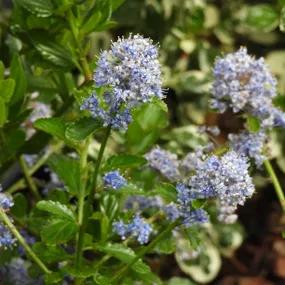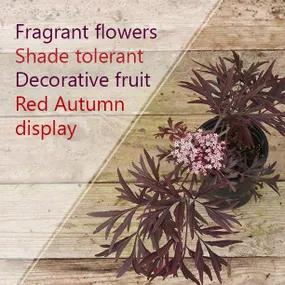These woody garden shrubs are mostly planted as ornamental specimens or as low, decorative hedging and edging within your garden, rather than as serious boundary and privacy hedging for the perimeter.
Ferns make wonderful filler foliage around shrubs, and in shady areas of your border.
Your mail order shrubs are delivered by next working day courier.
If there is anything wrong with your plants when they arrive, Contact Us within 5 working days, and our friendly support team will sort it out.




 1.webp)









 1.webp)




